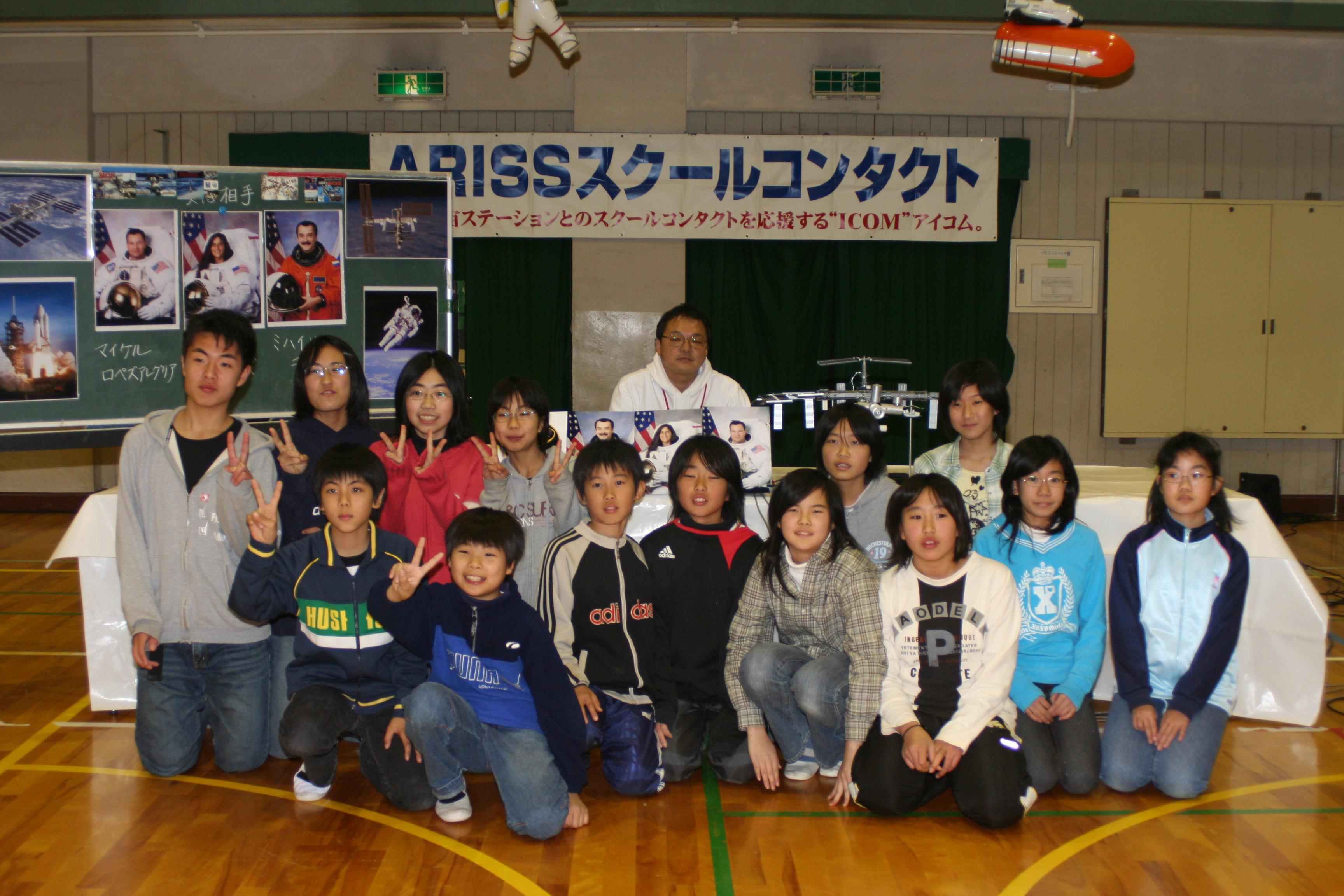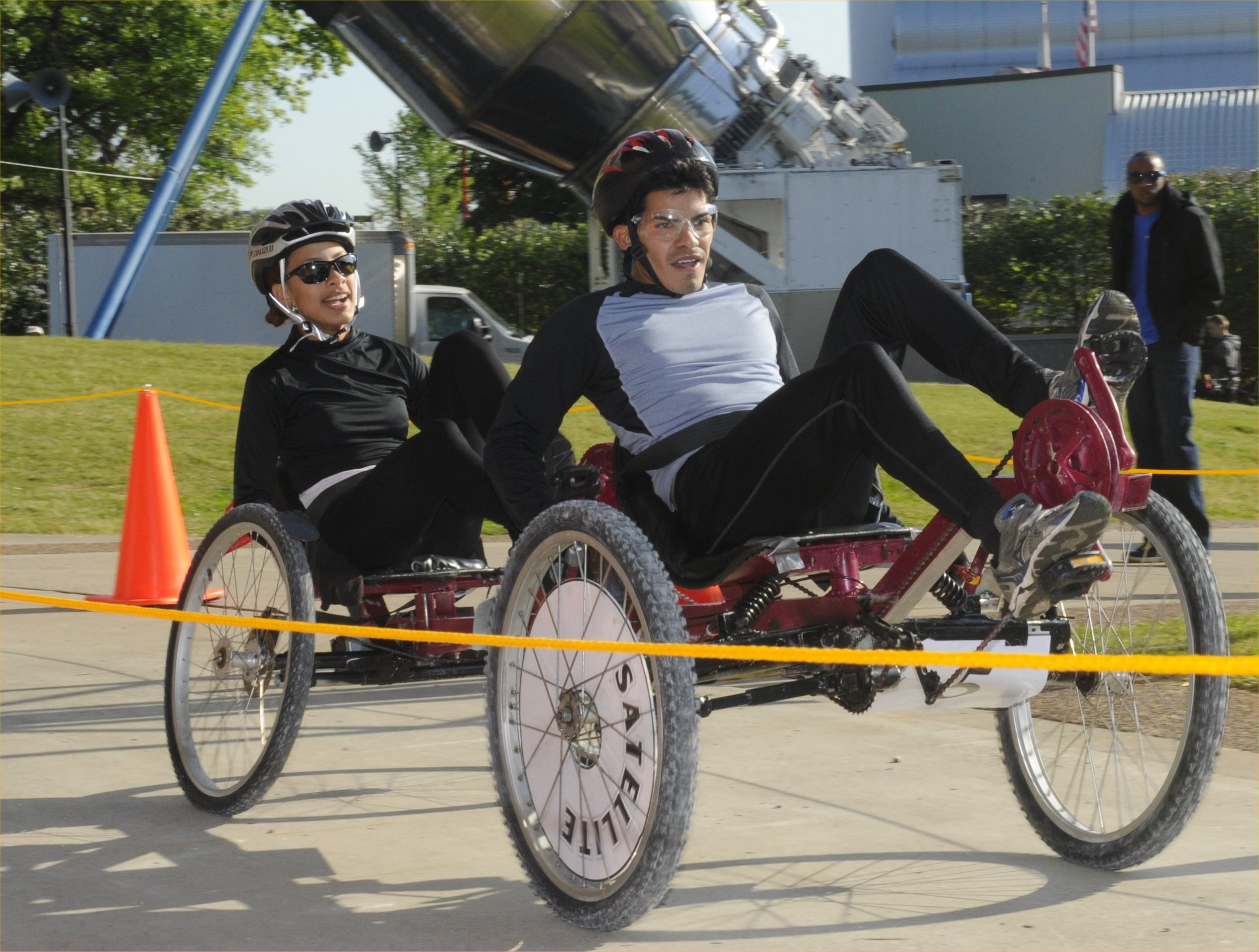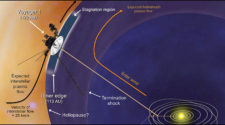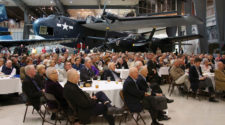
Host a conversation with crewmembers aboard the ISS
NASA is now accepting proposals from U.S. schools, museums, science centers and community youth organizations to host an Amateur Radio on the International Space Station, or ARISS, contact between May 1 and Nov 1, 2013. To maximize these radio contact opportunities, NASA is looking for organizations that will draw large numbers of participants and integrate the contact into a well-developed education plan. Proposals are due Jan. 28, 2013.
Using amateur radio, students can ask astronauts questions about life in space and other space-related topics. Students fully engage in the ARISS contact by helping set up an amateur radio ground station at the school and then using that station to talk directly with a crew member on the International Space Station for approximately 10 minutes. The technology is easier to acquire than ever before. ARISS has a network of mentors to help organizations obtain the technology required to host this once in a lifetime opportunity for students.
Interested parties should visit www.nasa.gov/education/tfs/ariss to obtain complete information, including how the technology works, what is expected of the host and how to submit the proposal.
Questions should be emailed to JSC-TFS-ARISS@mail.nasa.gov.
REEL Video Contest
So you want to be a NASA producer? NASA is looking for talented high school students to create videos that engage students in earth science.
NASA earth science missions are kicking off a new video contest challenging high school students to produce a two-minute video for middle school students. The videos should focus on one of three topics: Ozone in the Stratosphere, Ship Tracks and Our Environment, or The Water of the Water Planet.
Winning videos will be posted on NASA’s website. Winners will also get the opportunity to be a NASA producer working with NASA scientists and communication experts in July 2013 to produce an earth science feature video.
The deadline for submitting videos is Feb. 15, 2013.
For more information and instructions, visit http://aura.gsfc.nasa.gov/reelscience.
Questions about the video contest should be emailed to Ginger Butcher at ginger.butcher-1@nasa.gov.
Entries sought for research contest
The Institute for Global Environmental Strategies is currently accepting entries for the 2013 Thacher Environmental Research Contest. The contest is open to U.S. students in grades 9-12. Entries should demonstrate the best use of geospatial tools or data to study our home planet. Eligible geospatial tools and data include satellite remote sensing, aerial photography, geographic information systems and the Global Positioning System. The main focus of the project must be on the application of the geospatial tool(s) or data to study a problem related to Earth’s environment.
Applicants must be U.S. citizens. Students in public, private, parochial, Native American reservation and home schools are eligible. Entries may be submitted by individuals or teams. Cash awards will be given to students in the top three places. Awards will also be given to the winning students’ teachers.
Entries must be postmarked by April 15, 2013. Entries may also be submitted electronically.
For more information, visit http://bit.ly/thacher.
Questions should be emailed to ThacherScholars@strategies.org.

Registration open for the NASA Great Moonbuggy Race
Registration is open for the 20th Annual NASA Great Moonbuggy Race. High school and college students are challenged to design and build a vehicle that addresses a series of engineering problems similar to those faced by the original lunar-roving vehicle team. Each school may enter up to two teams. The race will take place April 25-27, 2013, in Huntsville, Ala., at the U.S. Space & Rocket Center.
U.S. teams must register by Feb. 4, 2013.
For more information about the competition and to register online, visit https://www.nasa.gov/topics/technology/moonbuggy/index.html.
Teams with questions should contact Diedra Williams at Diedra.A.Williams@nasa.gov.
e-PDN course open
NASA’s Learning Environments and Research Network and the Georgia Institute of Technology have teamed up to create the Electronic Professional Development Network, or e-PDN, an initiative dedicated to preparing K-12 teachers to engage their students in science, technology, engineering and mathematics, or STEM, through the use of NASA-developed learning materials and resources.
If you are looking for a way to enhance your instructional skills, meet your professional develop-ment goals or find new and exciting resources to use in your learning environments, apply to one of our free courses today!
Applications are now open for the following course: Project-Based Inquiry Learning: Science Teaching and Learning for the 21st Century — March 13 – April 16, 2013
Develop your skills in designing and using project-based inquiry learning, or PBIL, to enhance conceptual understanding, critical thinking, scientific reasoning and problem solving in standards-based classrooms. Experience and analyze two NASA-oriented PBIL projects firsthand; learn PBIL curriculum design strategies and methods; and design a PBIL unit for use in your classroom. Use e-PDN’s suite of online tools to collaborate, connect and create with other course participants.
To learn more about this free course and to apply online, visit http://bit.ly/reelcontent.
For more information on the ePDN and the resources it offers to K-12 teachers, visit www.nasaepdn.gatech.edu.
Questions should be directed to Kristen Anderson at kristen.anderson@pe.gatech.edu.
Space Exploration Educators Conference set
Make plans to attend the 19th Annual Space Exploration Educators Conference, to be held Feb. 7-9, 2013, at Space Center Houston. This conference is for all K-12 educators. Activities presented use space-related themes to teach across the curriculum and can be used for science, language arts, mathematics, history and more.
Attend sessions hosted by scientists and engineers working on the International Space Station, Mars exploration and the planets beyond. Hear from astronauts who will be leading the charge in exploration. Attend sessions presented by educators and
receive ready to implement classroom ideas. Attendees can earn up to 24 hours of continuing professional education credit.
Keynote speakers scheduled to attend include astronaut Satoshi Furukawa and actor LeVar Burton.
For more information, visit http://bit.ly/speeconf.
If you have any questions, please call 281-244-2149 or email seec@spacecenter.org.
What’s new at NASA’s Space Place website
Earth is in the lucky position to have a love-hate relationship with its star. We say lucky, because obviously we couldn’t live without it, but at times it’s a little difficult to live with it as well. We call the conditions around our planet, outside of its own atmosphere and magnetosphere, space weather, but it affects us on Earth, too.
Let’s Start Here
“Space Place Live!” is a cartoon talk show where Space Place characters interview real NASA scientists and engineers. The latest episode stars Merav Opher, astrophysicist. She studies how stars work. In this seven-minute video, we learn about the solar wind, solar flares, the heliosphere and the environment the sun creates. Dr. Opher also talks about how she got interested in physics and what she likes to do for fun. Check it out at http://spaceplace.nasa.gov/space-place-live/#opher.
Spotlight on All Things Sunny…
Heliophysics, or the physics of the sun, is one of the four major science thrusts of NASA’s Science Mission Directorate. (The others are astrophysics, Earth science and the solar system.)
The sun-Earth connection is so important in understanding our immediate environment. The Sun menu (http://spaceplace.nasa.gov/menu/sun) offers activities, games and fun facts about the sun and how it affects Earth. The most comprehensive treatment of this relationship is the animated, narrated storybook “Super Star Meets the Plucky Planet: Or, how Earth and Sun come to mutual understanding and respect.” It is also available to print and read aloud (http://spaceplace.nasa.gov/story-superstar).
For the Classroom
The Gallery of Sun images (http://spaceplace.nasa.gov/gallery-sun) is just for teachers to print and post in the classroom. They have large, simple captions.
For Out of School Time
“Satellite Insight” is an absorbing game for all ages that runs on both computer and iPhone or iPad. It is Tetris-like, where six tile colors represent different types of data measured and recorded by the Geostationary Operational Environmental Satellite – R Series, or GOES-R, satellite. Bonus material explains what each of the tile colors stand for, such as clouds, lightning and solar energy. A lot of them stand for data related to space weather. See http://spaceplace.nasa.gov/satellite-insight.
Special Days
Jan. 31, 1958: Explorer 1 was the first U.S. satellite launched into orbit.
How do orbits work, anyway? Find out by putting a cannonball into orbit! http://spaceplace.nasa.gov/how-orbits-work
Feb. 19, 1473: Nicolaus Copernicus born.
He thought the sun was the center of the universe. He was wrong. But just where is the center? Dr. Marc answers in a short podcast. http://spaceplace.nasa.gov/podcasts/#center
Feb. 22: Thinking Day
The “Spitzer” memory game will make you think very hard. http://spaceplace.nasa.gov/spitzer-concentration
Don’t Forget…
You can find dozens of other ideas and rich resources for the classroom and out-of-school time at our Parents & Educators page, http://spaceplace.nasa.gov/menu/parents-and-educators.



